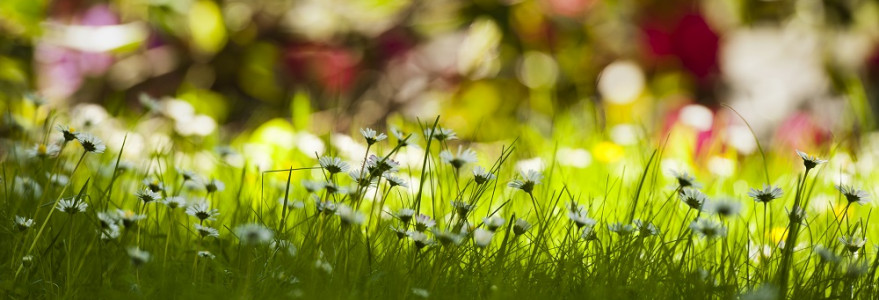Exotic Hyalomma ticks that can transmit Crimean-Congo haemorrhagic fever virus have appeared in Europe. So far, no adult specimens have been confirmed in Poland. The UW researchers are asking anyone who spots the arachnid to report such cases to them.
Every year, in spring, thousands of Hyalomma larvae and nymphs find their way to Europe, including Poland, together with birds migrating from Africa. On their way or after reaching the continent, the ticks usually died due to low temperatures and humidity. However, warm and dry springs meant that ticks survived the journey to Europe. They were found on horses and dogs in Germany, the Czech Republic, Slovakia, and Sweden. In Poland, scientists have not yet encountered the species during field research.
Ticks transmit, for example, the Crimean-Congo haemorrhagic fever virus. The mortality rate of the infected by the virus is 10–60%.
National ticking
The “National ticking” project (PL: Narodowe kleszczobranie) was launched this spring. It is a citizen science study carried out in the Department of Eco-epidemiology of Parasitic Diseases at the UW’s Faculty of Biology under the direction of Prof. Anna Bajer.
Researchers from the University of Warsaw plan to estimate the population of Hyalomma ticks in Poland. For this purpose, they are asking for help from people enjoying the outdoors, owners of dogs and horses, and animal breeders.
“Pay attention to the appearance of large, very mobile long-legged ticks in your area and on animals – these ticks could be Hyalomma. They are more than twice the size of the Polish species and very fast, as they have to chase their prey in the semi-arid areas they inhabit. Equipped with well-developed eyes, they efficiently track down potential prey. Blood-soaked females are record-breaking in size, even 1.5–2 cm in length,” Prof. Anna Bajer said.
Ticks can be photographed and reported via the website: https://narodowekleszczobranie.pl/en.
The “National ticking” project allows people to share observations of unusual ticks with scientists, send the species for research and map new sites. Citizen science projects make it possible to increase the reach of research as well as knowledge – especially practical knowledge – of an issue. This is the first project of this kind in Poland.




